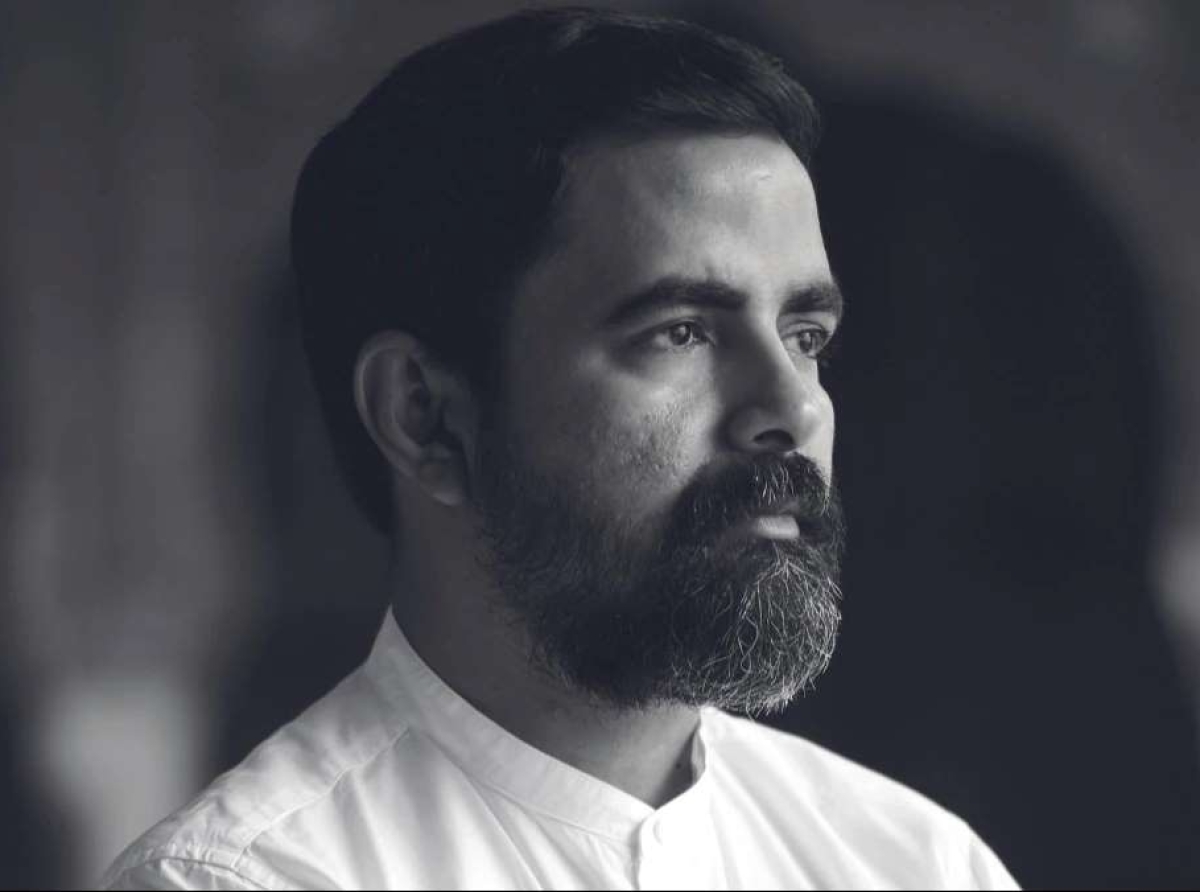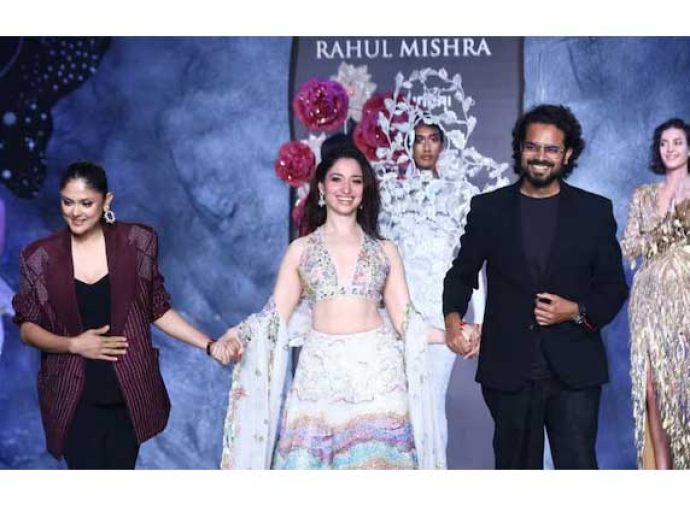Sabyasachi Mukherjee foresees India as a of global luxury powerhouse

Sabyasachi Mukherjee's statement, "India can become the champion of the global luxury market," may not be hyperbole. The Indian luxury market is experiencing a period of remarkable growth, driven by a booming economy and changing consumer preferences. A closer look at the stats, trends, and challenges reveals a market brimming with potential.
Numbers reflect the growth story
Indeed, Mukherjee's comments are backed by figures. India’s luxury market was valued at approximately $8.5 billion in 2023. The market is expected to grow at a robust compound annual growth rate (CAGR) of around 15-20 per cent over the next few years. And by 2027, it is projected to reach $18.3 billion, making it one of the fastest-growing luxury markets globally. Fashion and lifestyle segments are expected to lead growth, driven by increasing disposable incomes, changing consumer preferences, and a growing appetite for premium brands.
And what is boosting this growth is India’s thriving economy. It serves as a powerful catalyst for the luxury market's growth. A growing middle class with higher disposable incomes is pushing up demand for luxury goods and experiences. And India's young population is more receptive to global trends and aspirational brands, further helping the market to grow. This coupled with rapid urbanization is creating new hubs of luxury consumption, expanding the market's reach. And increased internet access and e-commerce platforms are making luxury products more accessible to a wider audience.
Fashion, lifestyle leading growth drivers
Fashion and lifestyle segment, particularly high-end apparel, accessories, and footwear, is leading the luxury market's growth. And consumers are increasingly seeking unique and personalized experiences, driving growth in luxury travel, hospitality, and fine dining. In all this, e-commerce and social media are playing a pivotal role in expanding the reach of luxury brands and influencing consumer choices. What’s more the aspiration for luxury is spreading beyond metros, creating opportunities in Tier II, III cities.
In terms of sectors, domestic or homegrown luxury brands are gaining prominence, catering to the growing demand for products that blend tradition with contemporary design. Bespoke luxury is also gaining traction as consumers are seeking unique and personalized products, creating. And with increasing awareness of ethical and sustainable practices, demand for luxury brands that prioritize eco-friendliness is also on the rise.
However, steep import duties make luxury goods expensive, limiting accessibility for a wider consumer base. And the prevalence of counterfeit products and poses a challenge to genuine luxury brands. The lack of adequate luxury retail infrastructure in smaller cities can is another bug bear that effects market growth.
Despite challenges, the Indian luxury market presents immense opportunities for both domestic and international brands. As the economy continues to grow and consumer preferences evolve, India has the potential to become a major player in the global luxury landscape. The key to success lies in understanding the unique dynamics of the Indian market and adapting strategies accordingly. Indeed, Mukherjee's vision of India as a "champion of the global luxury market" is not far-fetched. The current trajectory suggests a promising future. With a thriving economy, a young population, and a growing appetite for luxury, India is well-positioned to take center stage in the global luxury arena.
Latest Publications

































